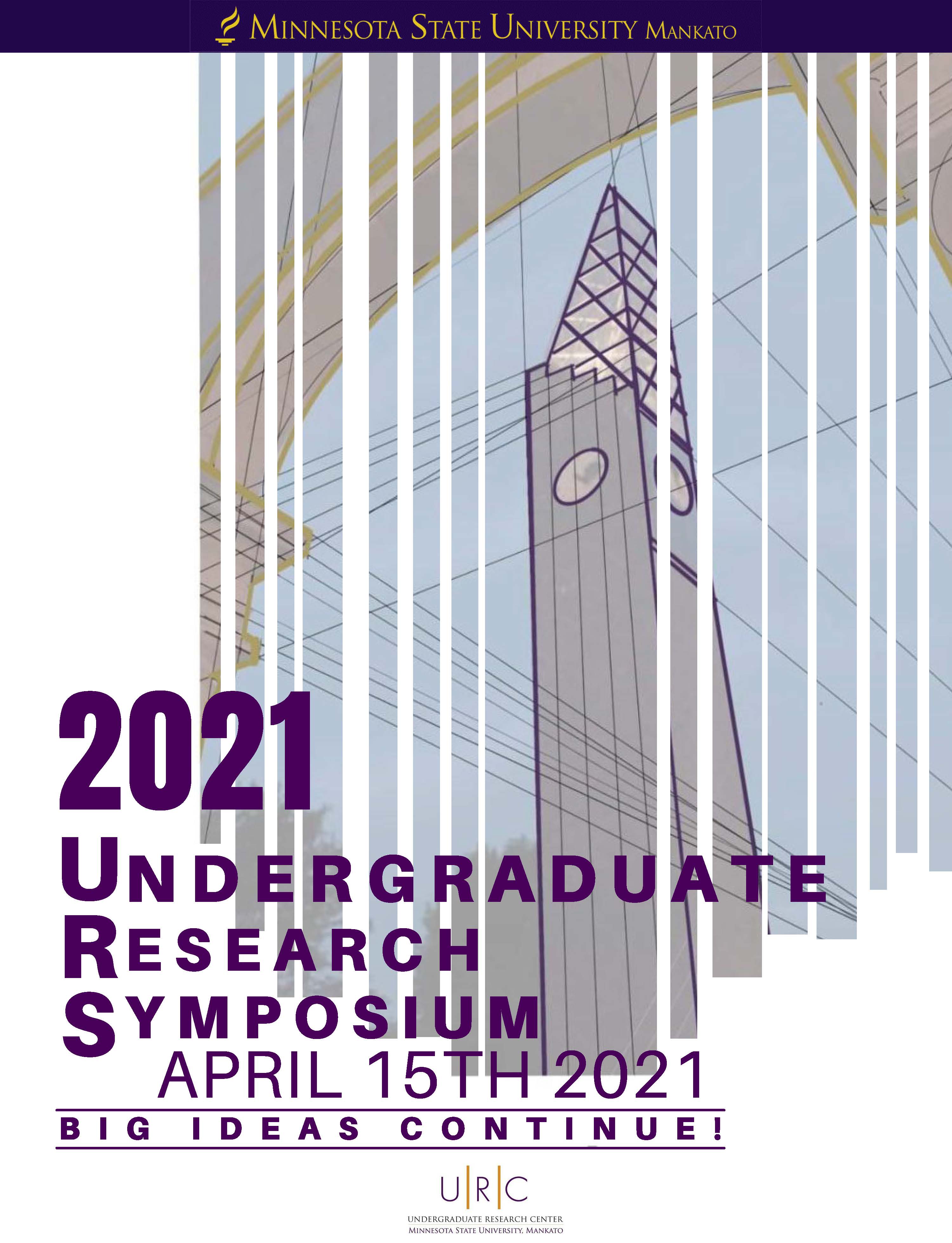Generating a GPC-1 Knockout in Glioblastoma Cells Using CRISPR
Start Date
15-4-2021 2:15 PM
End Date
15-4-2021 2:30 PM
Student's Major
Biochemistry
Student's College
Science, Engineering and Technology
Mentor's Name
Samantha Katner
Mentor's Department
Biochemistry
Mentor's College
Science, Engineering and Technology
Description
Glioblastoma (GBM) is a type of aggressive brain cancer that represents roughly 15% of all brain tumors and as of right now, is incurable. GBM is especially known for having abnormal quantities of extracellular matrix proteins called proteoglycans, which are the main protein substituents in brain tissue that serve in development, brain function, and more. A family of proteoglycans, called glypicans (GPCs), play an important role in tumor behavior, and Glypican-1 (GPC-1) has shown to be over produced in glioblastoma cancer cells. Over-expression of GPC-1 causes an increase in a specific growth factor which can overall contribute to tumor growth. Since GPC-1 is over-expressed in GBM cells, generating a knockout (removal) of this protein could then allow us to establish a relationship between GPC-1 and the growth of glioblastoma cancer seen in the clinic. This can be achieved using CRISPR and clonal expansion techniques. CRISPR is a type of gene-editing application that is paired with a Cas-9 endonuclease, which cuts genomic DNA at a specific location, guided by a single guide RNA. This CRISPR technology was introduced to the GL261 cells in order to remove the GPC-1 gene, a clonal expansion was performed to grow up the “pool” of cells transfected with the CRISPR components, and the cells’ DNA was then sent out for sequencing. The GPC-1 gene was successfully knocked out and two true wild-type GBM populations were also obtained for use in further experimentation.
Generating a GPC-1 Knockout in Glioblastoma Cells Using CRISPR
Glioblastoma (GBM) is a type of aggressive brain cancer that represents roughly 15% of all brain tumors and as of right now, is incurable. GBM is especially known for having abnormal quantities of extracellular matrix proteins called proteoglycans, which are the main protein substituents in brain tissue that serve in development, brain function, and more. A family of proteoglycans, called glypicans (GPCs), play an important role in tumor behavior, and Glypican-1 (GPC-1) has shown to be over produced in glioblastoma cancer cells. Over-expression of GPC-1 causes an increase in a specific growth factor which can overall contribute to tumor growth. Since GPC-1 is over-expressed in GBM cells, generating a knockout (removal) of this protein could then allow us to establish a relationship between GPC-1 and the growth of glioblastoma cancer seen in the clinic. This can be achieved using CRISPR and clonal expansion techniques. CRISPR is a type of gene-editing application that is paired with a Cas-9 endonuclease, which cuts genomic DNA at a specific location, guided by a single guide RNA. This CRISPR technology was introduced to the GL261 cells in order to remove the GPC-1 gene, a clonal expansion was performed to grow up the “pool” of cells transfected with the CRISPR components, and the cells’ DNA was then sent out for sequencing. The GPC-1 gene was successfully knocked out and two true wild-type GBM populations were also obtained for use in further experimentation.



